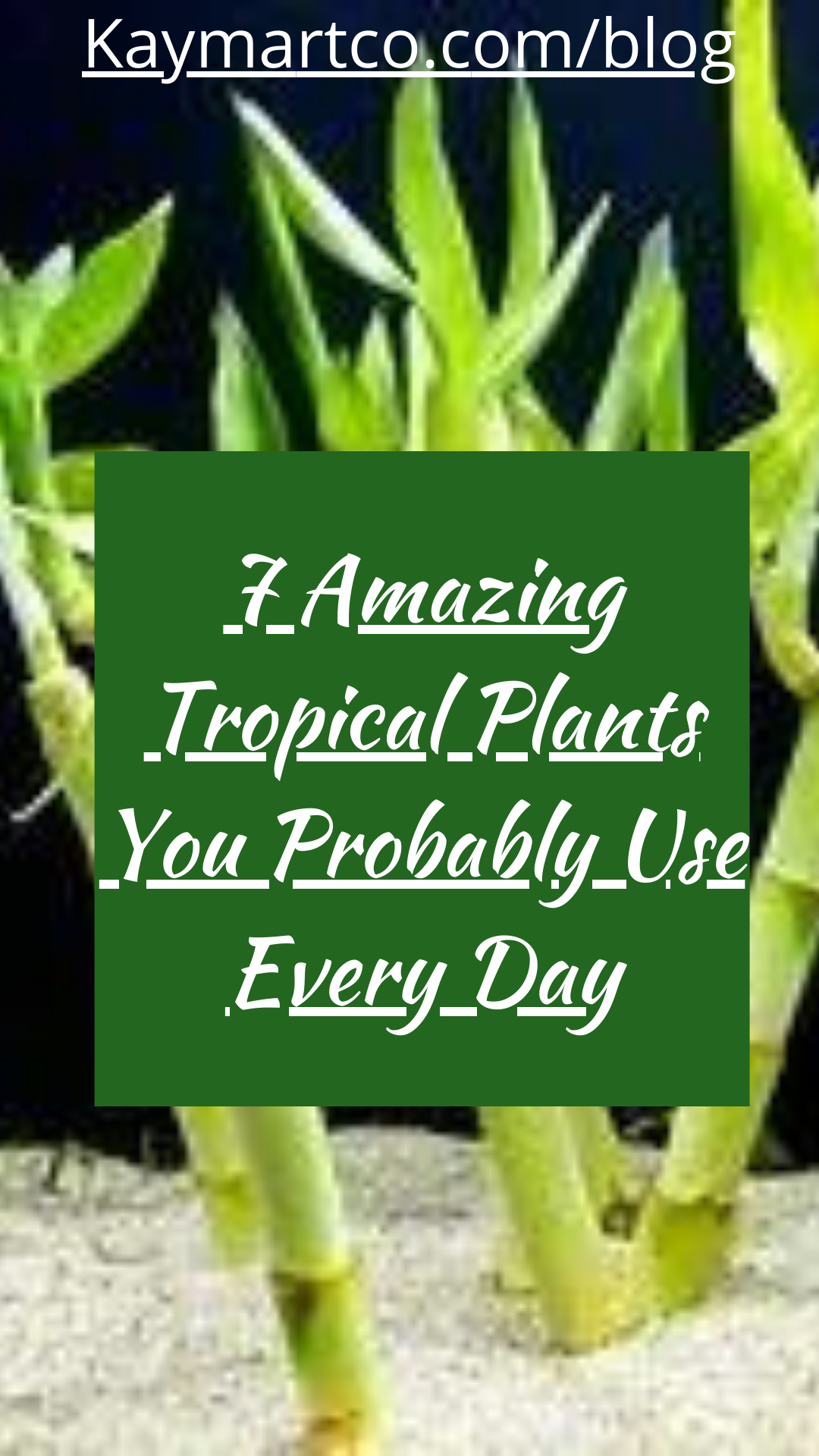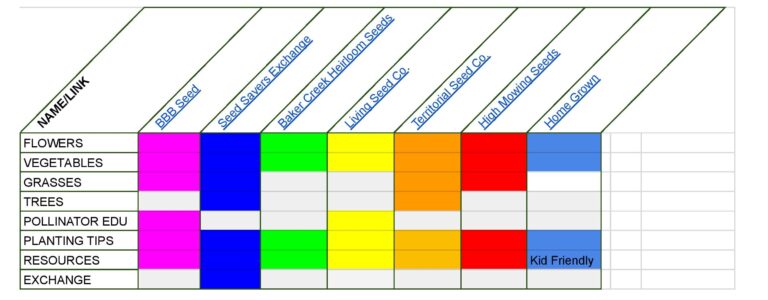7 Amazing Tropical Plants You Probably Use Every Day

Tropical plants thrive in that band of warmth called the tropics that encircles the globe. Think of a humid dripping climate, the call of cicadas, and lots of vegetation. However, even though I live in the tropics, there are probably tropical plants that you also use every day. Following are 7 tropical plants that you might use every day but some unbelievable fact you might not know.
1. Bamboo – The Tallest Tropical Grass
The tropical plant bamboo is actually a grass. It was used by Edison as the filament in his first light bulb as well as the needle for the first phonograph. The Chinese people use bamboo leaves to fight kidney and venereal diseases, as well as cancer. In Indonesia, water from the culm, the hollow stem that bears the flower, is effectively used for bone disease. It is used to promote fertility in cows and as a feed for livestock. Of course, we eat bamboo shoots in stir fry. It’s not as soft as microgreens but gives a crispy crunch. Bamboo is used in buildings and rafts, as well as for piping or carrying water. This is a very versatile plant that can improve feng shui!

2. Tropical Plants are Grass
Lemongrass, as its name implies is a grass, which is very easy to grow in raised beds or as a ornamental fence. This lemony-scented grass is also nice in the center of flower planters because lemongrass effectively repels mosquitoes and other insects around your home and patio. In addition, drinking lemongrass tea can really relax your whole body and relieve a headache. It is loaded with antioxidants. The oil of lemongrass can be used as a disinfectant and has been reported to relieve joint pain. I mix a little perlite or coco coir with my compost and stick in a piece of lemongrass. Within a few days, I see new grass shoots from the top.
3. Ginger – A Tropical Plants That Sooth Your Tummy
Ginger is a rhizome, like bamboo, not a root. It is native to Southeast Asia, so definitely a tropical plant, but a ginger plant can be grown easily most places. In fact, you can lay out a piece of ginger on the counter top, and it will probably start sending out shoots in a week or so. Plant it in sandy soil with the shoot facing up. Ginger plants can grow to be 4 feet tall! Since ginger is an herb, it is perfect in herbal teas with cinnamon and cardamom. It has anti-inflammatory properties, is shown to regulate blood sugar, and helps with gastrointestinal relief.

4. Tropical Plants Like Cinnamon are Trees
Cinnamon sticks or quills, as they are sometimes called, are rolled cylinders from the bark of the cinnamon tree. The tree can grow up to 60 feet tall. Aromatic bowls from the tree’s wood are made in many Asian countries. Cinnamon is a powerful anti-oxidant which also contains iron and magnesium. It helps to control blood sugar and is also high in fiber and calcium which improves colon health. Cinnamon is great in both sweet and salty dishes. In addition, many cultures make bowls made from the wood which give-off the distinctive cinnamon smell. The bowls are filled with fragrant tropical flowers to freshen a room.
5. Garlic
Garlic is a staple of most kitchens and, on average, people eat about 2 pounds of garlic per year. China produces the most garlic which is not surprising because garlic has a lot of health benefits. It is a natural antibiotic and the allicin released when the clove is cut is reported to reduce blood pressure. Garlic is a tropical plant that also clears up skin problems by rubbing the garlic directly on the skin. The ancient Egyptians used garlic extensively in medicine with 22 different uses for garlic logged in their medical journals.
How is garlic grown? You can grow garlic just like ginger. Leave the garlic clove on the counter, out of direct sunlight, and in a few days shoots will sprout. Then plant the cloves, with shoot side up, in a soil and compost mixture.

6. Rubber – A Tropical Plant We Ride On
Rubber trees have a rubber sap or latex that is tapped and drained when the trees mature to about six years of age. The farmers go out every morning, about 4 am, to cut a diagonal groove which spirals around the trunk down to a small cup which catches the latex that runs down the groove.
After the cups are full, the farmer collects the rubber sap in buckets. This latex is poured onto flat forms about the size of a door mat. The sap is left to dry until it forms a sheet. These sheets are hung to dry completely and then gathered together to form a bundle or bale of rubber mats. The bundles are taken to a factory where they are mixed with other chemicals to form various items like tires, hoses, and condoms. Scientist create the recipes for the correct mix of rubber and chemicals to make the correct consistency for each use.
7. Chocolate Is My Favorite Tropical Plant
Tropical plants would not be complete without mentioning chocolate. Chocolate is a great soother and relaxer of ultra-tense women. But, men like it too! It is equated with decadence, plus it has been used as fake blood. Mayans and Aztecs used it as money. The dark varieties can actually help with tooth decay, and it has been used to lower blood pressure and boost brain power. However, you might not find trees to plant in your local nursery. Chocolate trees are very particular when it comes to climate. They like humus rich, well-drained soil. They prefer to be located near a large conifer for shade and protection. For this tropical plant, the tropical climate is a must have.
Conclusion
There are so many tropical plants that we use on a daily basis. Coffee and turmeric are two additional plants that come to mind which have their own health benefits. Feel free to eat all of the plants mentioned, except for rubber, but use your own judgement and do your own research on the medicinal properties of these plants. They have been used for thousands of years as medicine; but for me, it is the planting, harvesting, and the variety of uses that make these tropical plants unbelievable.

@Suzanne Goodfellow 2020

